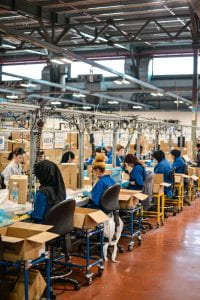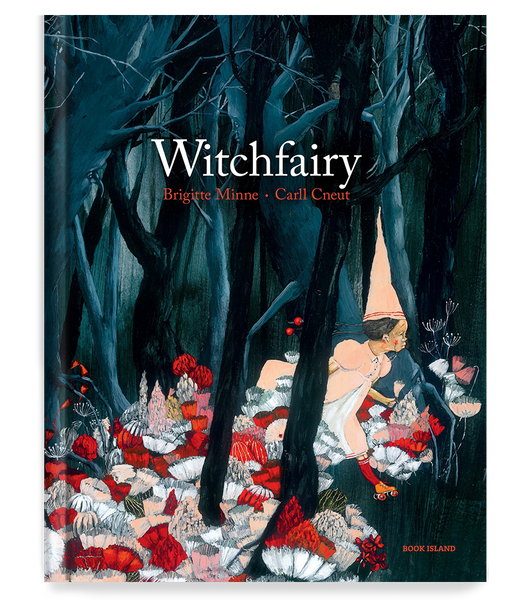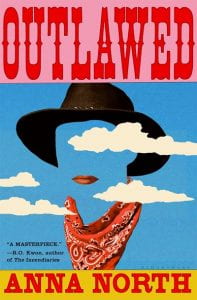Informal thoughts on Tomasz Huk’s article.
It is a good time to reflect on the rapid changes in technology and its impact on education. I consider myself to be Gen Y (scraping through by old parameters) which is now called ‘Millenial’ and the goal posts have changed, pushing me back into Gen X, which I don’t identify with (but I don’t identify with Millenial either – sounds too young for my 44-year-old bones!). As someone who was a child in the 80s, a tween-and-teenager in the 90s, and a uni student at the turn of the century, I’ve experienced education pre-technology and post-. I grew up with it slowly inching its way further into the classroom by small degrees, and it was always just an appliance. A computer was like a microwave – not in functionality, but in how people interacted with it: it was designed for a purpose, you used it for that purpose, and otherwise you left it alone. It didn’t do much else.
And then I was in a weird tech cocoon for three years, living in Japan where I had a ‘fancy’ flip phone – in colour! – but used technology only to email home occasionally. I was still watching films on VHS. I felt sheltered, isolated, from changes and advancements in digital technology, and I still feel those gaps today. Like waking from a coma to find several years had gone by and things don’t quite make sense.
But working as a teacher now, it’s clear just how much has changed. Technology is still a tool, but it’s used in a different way – and for many of our students, they are incapable of ‘leaving it alone’. Integrating digital technology into the classroom means you can do all sorts of fun little things, or get them to work in more interactive ways, but it can’t replace the core essence of what teachers do. In that sense, it’s still just a tool. What’s really good about it is as an aide for students (and staff) who have things like dyslexia, ADHD, dysphraxia etc.
There is a persistent idea, which is present in the article, that teachers merely ‘facilitate’ learning, and ‘monitor’ it, but don’t actually teach (or rather, that this is an ideal model). It makes me laugh. Such ideas are always presented by people who don’t actually teach. Huk talks about an interview with a principal during COVID about the benefits of online learning – having experienced it myself, I and my colleagues know it isn’t as effective. Our students struggled, with motivation but also in understanding. As a teacher, my job is to translate content, break it down, explain it, present it, discuss it etc. This theory reminds me of SOLE, and of Gonski 2.0 – the idea that anyone can teach themselves anything. There are very few people who can do that, and usually only in one or two select areas (with a great deal of persistence!). But what they can’t really teach themselves is critical thinking, and so we now have the reality of millions of people ‘teaching themselves’ (“doing their own research” without the skills) about things and creating a whole whack of misinformation online.
It’s okay to see teachers as ‘gatekeepers’ of knowledge. Things have changed, and teachers aren’t autocratic dictators prepping students to work in the factory – which brings me to Industry/Education 4.0. Australia’s universities have already shifted from education to training, prioritising courses that skill students for a specific job, and not ones that teach them to think or encourage ideas. This is of great concern, and also marks a shift away from ‘experts’ in their field (e.g. scientists, medical researchers and academics) to individuals with an online platform and a camera.
The Internet of Things (IoT) is a frightening, invasive and unethical dystopian vision!
“computer applications used at schools could allow for automatic substitution
for absent teachers and planning of education for each student.” (p. 44) Again, COVID taught us that you can’t replace real teachers.
References
Huk, T. (2021). From education 1.0 to education 4.0 – Challenges for the contemporary school. New Educational Review, 66(4), 36-46. https://doi.org/10.15804/tner.21.66.4.03























Recent Comments
shannon.badcock
"Yes I wondered/worried about that. I find it hard to separate it from ..."
ederouet
"What a great looking blog! I love your widgets and use of categories ..."